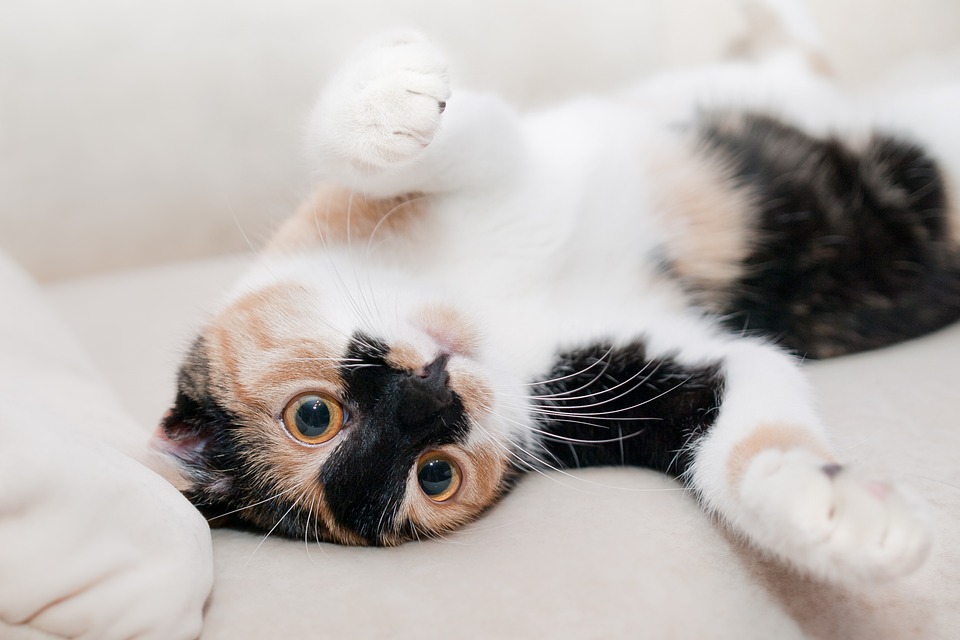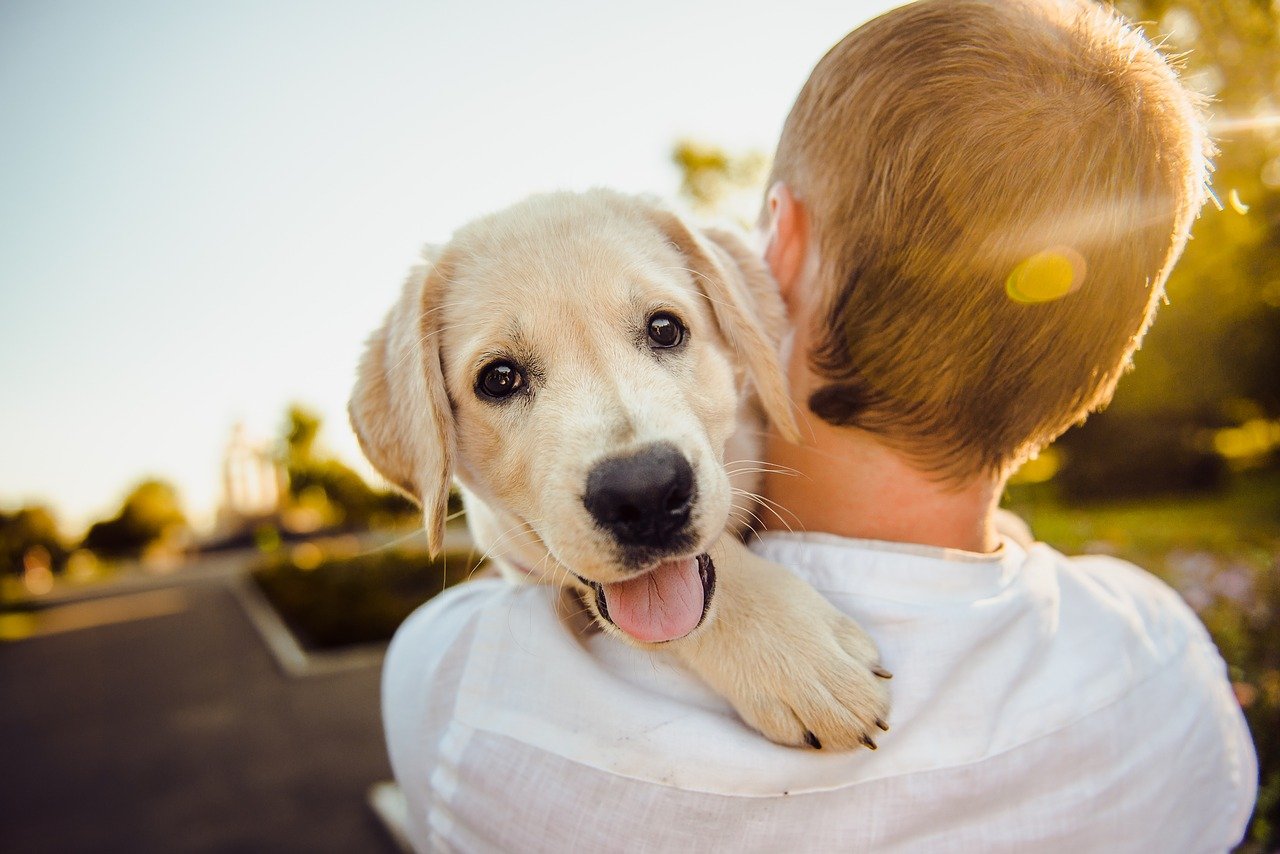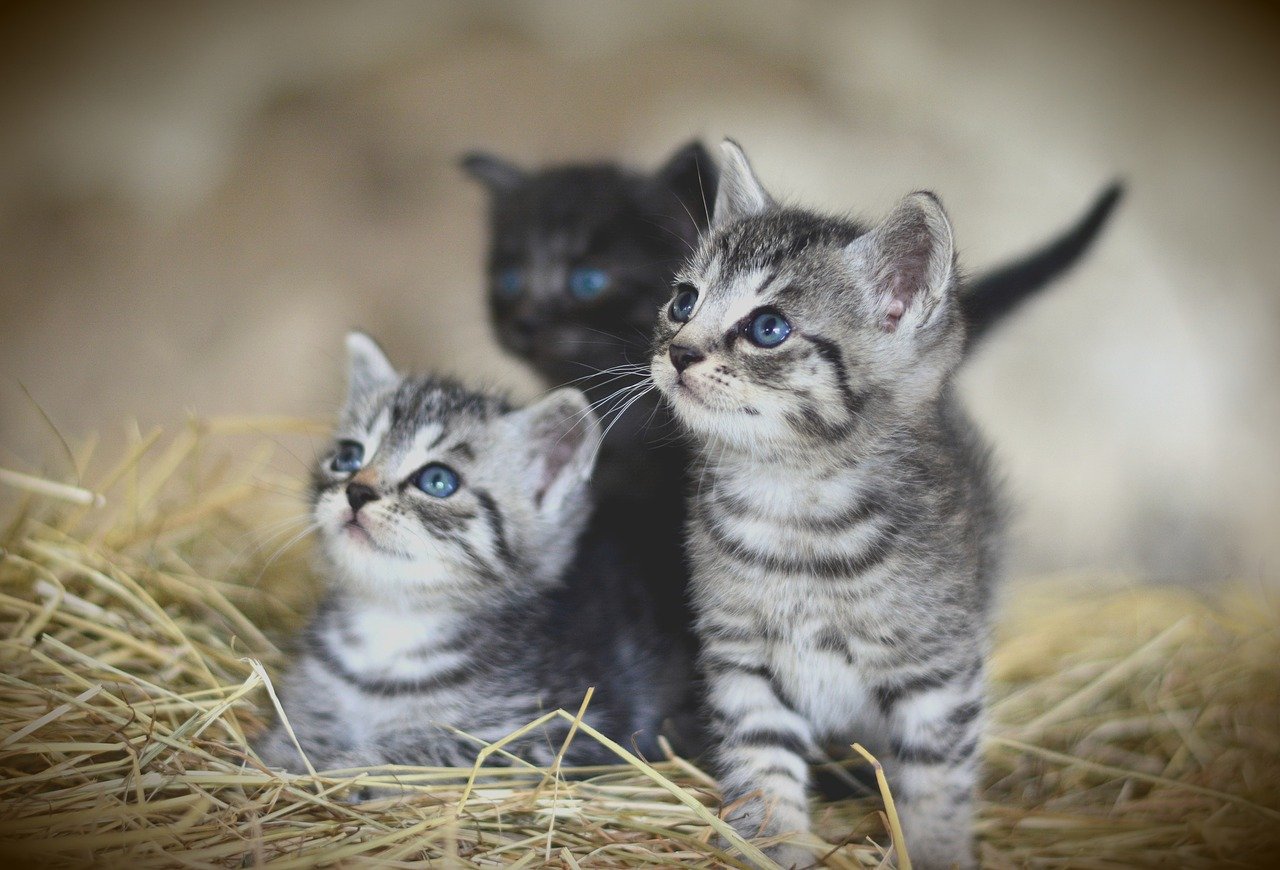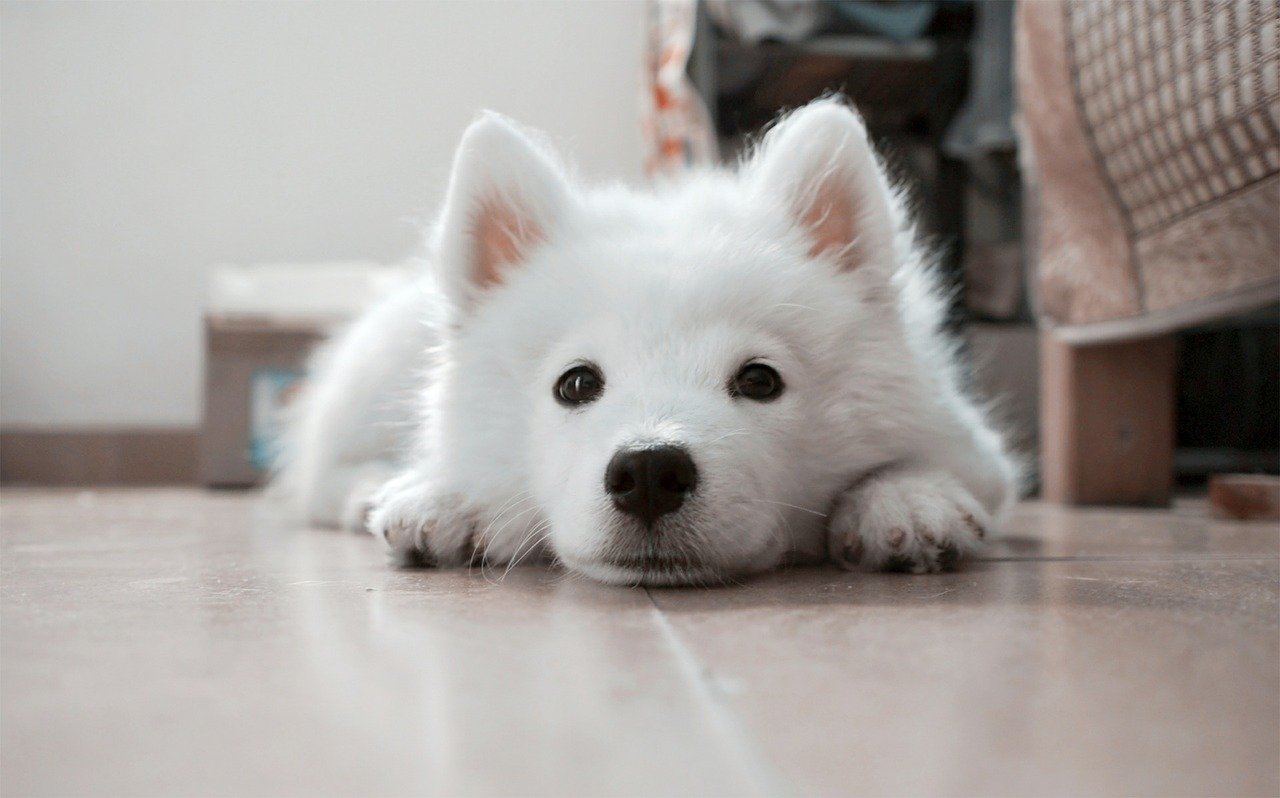Chinchilla Pet At Home - A Complete Guide To Chinchilla Care
Do you want a small animal for yourself or your child? Before you decide to adopt a chinchilla, you should learn more about how to take care of it. It might not seem so, but it's not a very quiet rodent. Another important aspect is a proper chinchilla care and diet, to avoid possible stomach problems. Check what conditions are the best for chinchillas and how to take care of them.
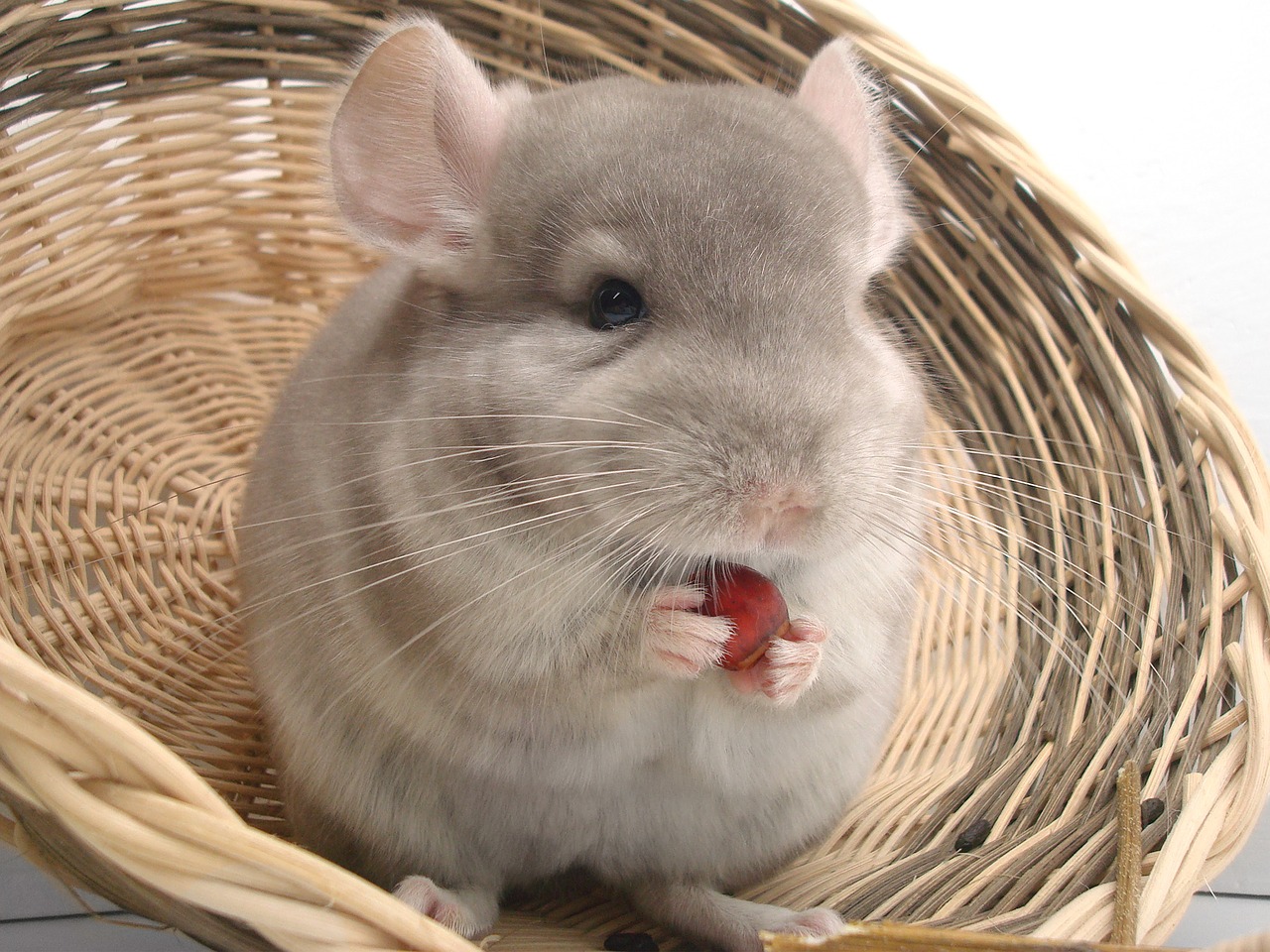
What is a chinchilla?
Chinchilla is a small rodent, a mammal of the Chinchillinae family. It has a very thick coat and resembles a rabbit. It’s a herbivorous animal. Standard and black velvet chinchillas are one of the most popular breeds. Chinchillas living in the wild are smaller than bred rodents.
What should you know about chinchillas before you take one to your home?
A chinchilla pet is a small rodent which typically gets no larger than 20 centimeters. Compared to other, smaller species, it is definitely more demanding, so before you take the animal to your home, make sure to prepare for it. This concerns both the breeding conditions and the family’s behavior.
A chinchilla pet is a very delicate animal. A change of the environment might have a negative impact on them. Initially, they might be anxious and wary of new owners. A young chinchilla pet does not like touching, it prefers its own ways, so do not force it to it. It’s good if it has another chinchilla companion - breeding gets much easier this way.
Be aware that chinchillas are very active rodents. Although they sleep throughout most of the day, their life gets busy at night. So, a chinchilla might not be the best pet for you if you want an absolute peace at your home.
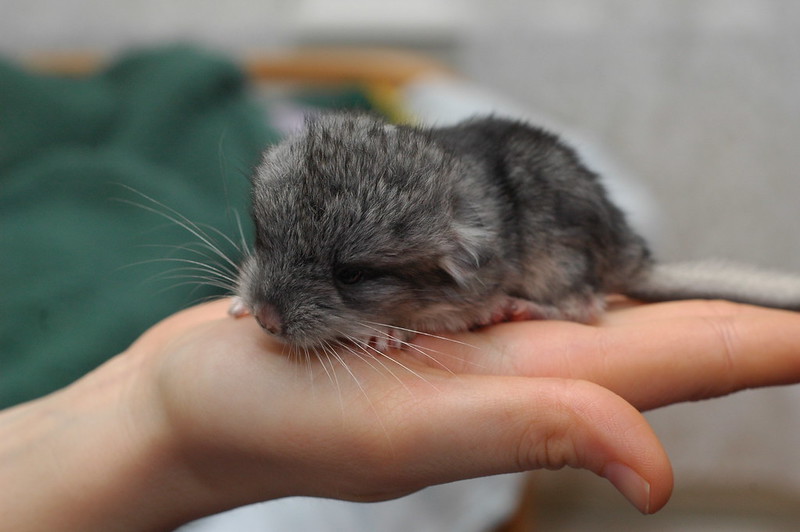
Are chinchillas good pets for everyone?
Chinchillas are definitely not pets for everyone - keep that in mind before you decide to buy or adopt one. Because of their difficult character, they need the right approach of the breeder. For this reason it is not the best idea to buy a chinchilla for small children. You also shouldn’t buy this rodent if you don’t have enough time and patience for its proper care.
Chinchilllas - the most popular breeds
Although the rodents are very similar to each other, keep in mind that not every chinchilla is the same. There are two basic species:
- Short-tailed chinchilla (Chinchilla chinchilla)
- Long-tailed chinchilla (Chinchilla lanigera)
The latter type is the most commonly kept as a pet. But not every animal is the same within the species. It all depends on their particular breeding type. Standard and black velvet chinchillas are the most popular ones, but one can also get a beige, brown or white chinchilla.
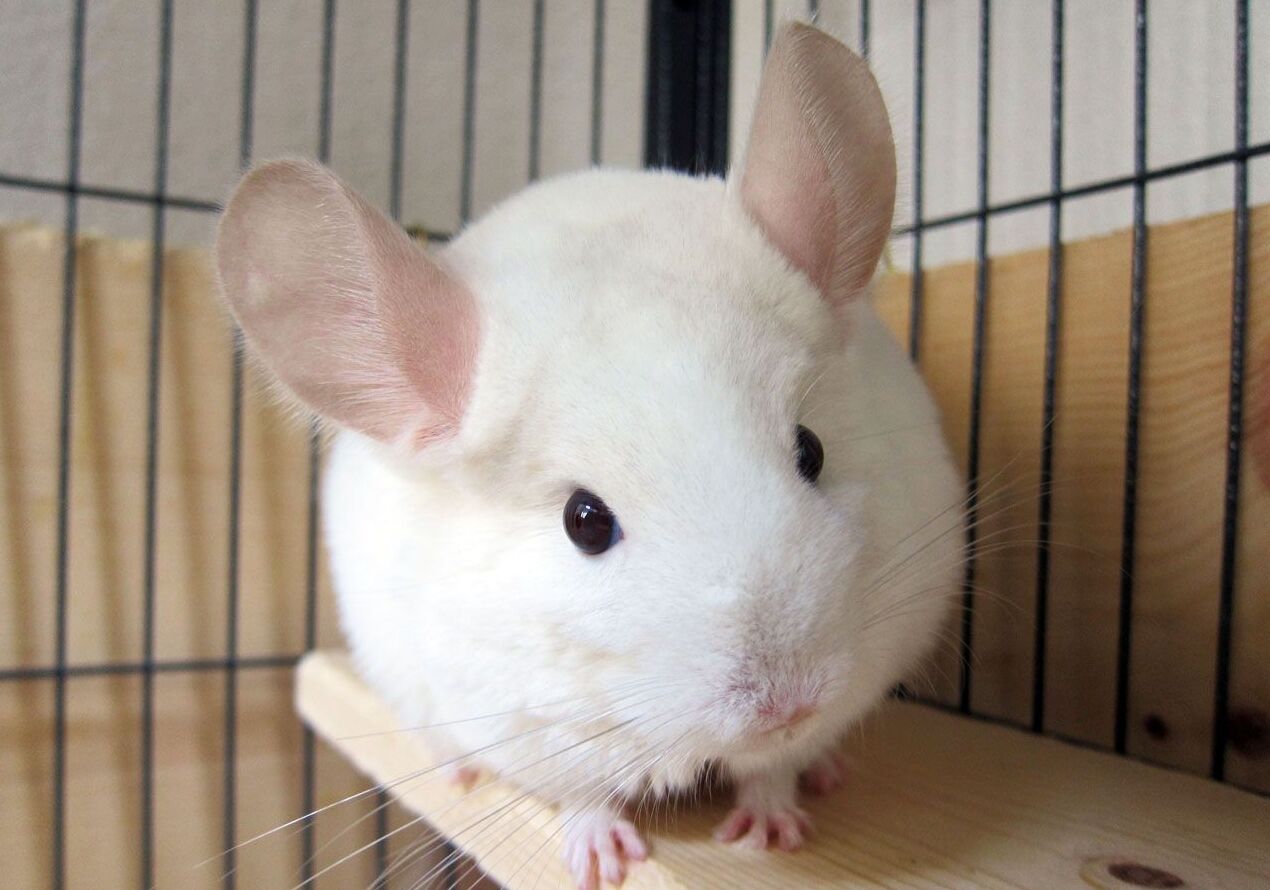
Chinchilla cage - what are the most important aspects?
A chinchilla cage should be large enough. Ideally, it should have levels so the pet can move freely around it - to jump around and climb, which is natural for those animals. The price of the cage depends on the material it’s made of.
If you are to take two chinchillas to your home, a large aviary is a much better solution. It’s a much larger surface, so you can put additional equipment for the chinchillas. It also makes enough space for a pair of chinchillas.
Accessories that will help you with chinchilla care
A chinchilla pet is a very active animal, so make sure you invest in additional accessories. They will help you in taking care of them and keeping them in a good shape. Put a treadmill for the chinchilla in the cage, so it can run on it.
If you buy an aviary as mentioned above, you will get enough space for treadmills, ladders or even special hammocks for the animals. Your chinchillas will surely appreciate it.
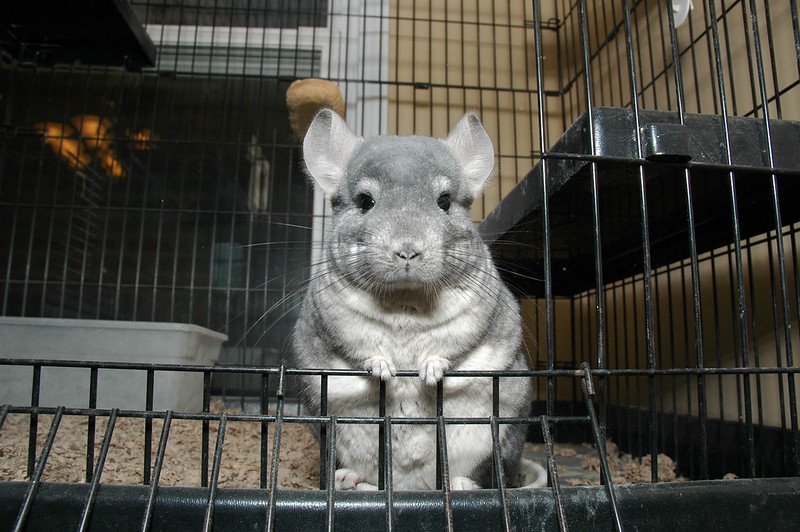
Chinchilla diet - what do chinchillas eat?
A chinchilla as a pet requires a proper feeding, because its stomach is very delicate. It mostly eats hay, herbs and a special type of feed. Be extra careful with the last one. Even if you give your pet the right food, but you change the brand, problems might occur. You can buy a special granulated feed in every pet store. Make sure your chinchilla’s diet is consistent and feed it the same product all the time.
Hay is not a random item in a chinchilla diet. One should give it to the pet not only because of the nutrition, but also because it chews on it longer. It prevents overgrowth of the chinchilla’s teeth.
A chinchilla pet cannot be fed with anything other than what has been mentioned above. Any different product might lead to serious health problems. The most dangerous foods in a chinchilla’s diet are:
- sweets,
- various types of nuts,
- fresh fruits and vegetables,
- grains.
Although a chinchilla eats hay, pay attention what it’s been made of. Under no circumstance feed lucerne hay to your chinchilla. It contains ingredients which might threaten its health.
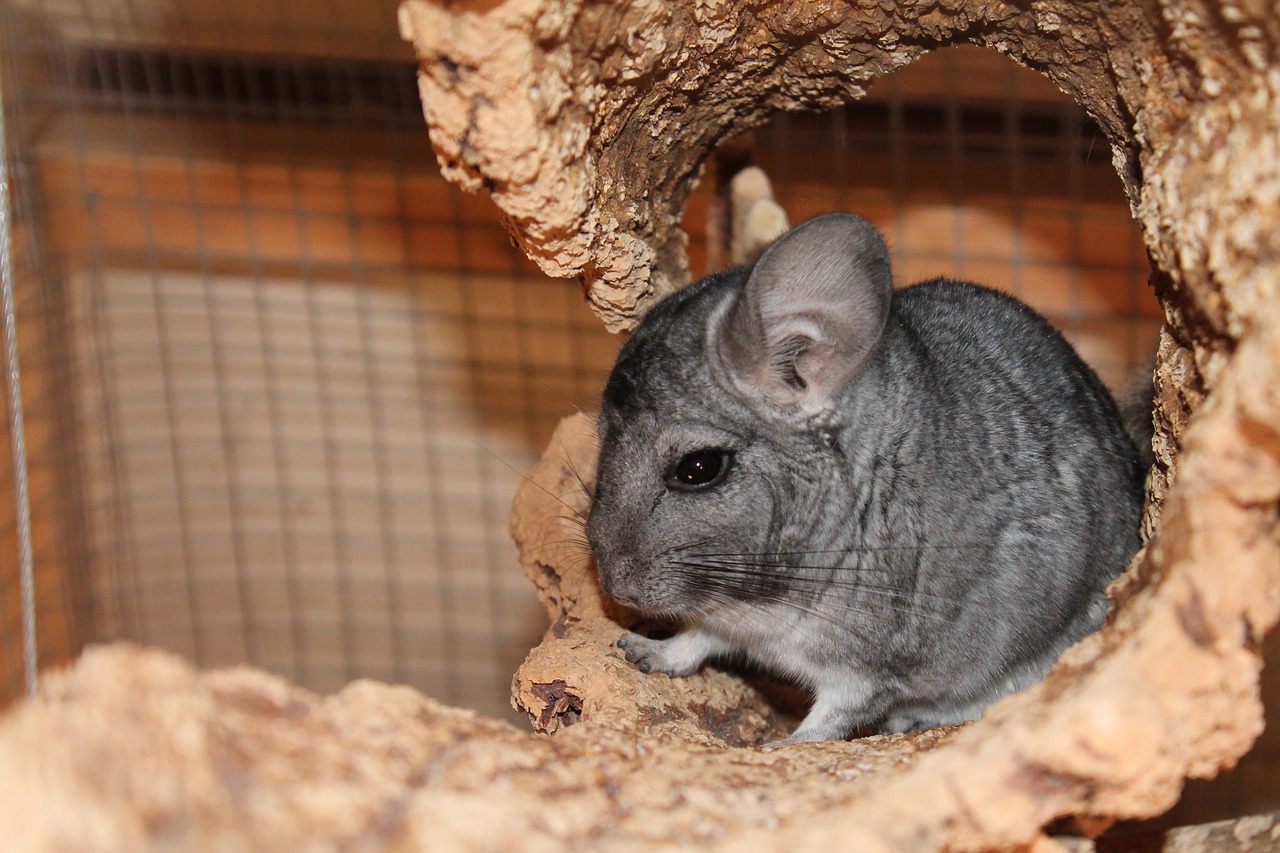
Chinchilla care - how to care for a pet chinchilla?
Chinchillas are famous for their beautiful, thick coat. Taking care of it is a large aspect of chinchilla care. It’s important to carefully brush the fur so that it looks perfect and the singular hairs are not tangled. That’s not all. A chinchilla takes a dust bath - it should happen twice a week. To do this, use dry sand. You can buy it in a pet store.
Chinchilla’s coat mustn’t have any contact with water. It’s so thick it would be difficult to dry it off. Wetting the pet’s fur might lead to spread of moisture and fungi, which is a serious threat to chinchilla’s health.
If the chinchilla’s coat got accidentally wet, you need to react quickly. You can use a towel or absorbent cloths. If it doesn’t help and the fur is still wet, take a more serious measures and use a hair dryer, on the lowest setting - the air cannot be too hot.
What does living with a chinchilla look like and how to prepare for it?
Because chinchillas are nocturnal animals - it might be a slight obstacle for the owners. The pet frisks at night and it sleeps during the day, especially in the morning. You can try to “break the system” and use some tricks like darken the room earlier so that the animal is active in late evening and gets tired quicker. This way, you can make it calm for at least a part of the night.
Cleaning the chinchilla’s cage might be a problem for some. You should do it every day. If you’re not used to such measures or you simply don’t have time for them, perhaps a chinchilla pet is not for you. Living with it might be demanding - you should know about it from the outset.
Chinchillas - the most common health issues
Stomach problems are the biggest threat to a chinchilla’s health. In this regard, both constipations and diarrheas might occur. Furthermore, those issues might be a result of not only improper feeding, but also a change of the brand of feed. For this reason, implement any changes gradually, mixing two types of food together.
Additionally, a chinchilla might get ophthalmia and nasal obstruction. The rodents are also prone to fungal, bacterial, viral and parasitic diseases. They might result from improper diet and care of your chinchilla.
Sometimes a chinchilla might lose too much hair. It might be connected with a lot of stress, e.g. because of a change of place of living or new owners. In this case it’s good to take the chinchilla to a vet.
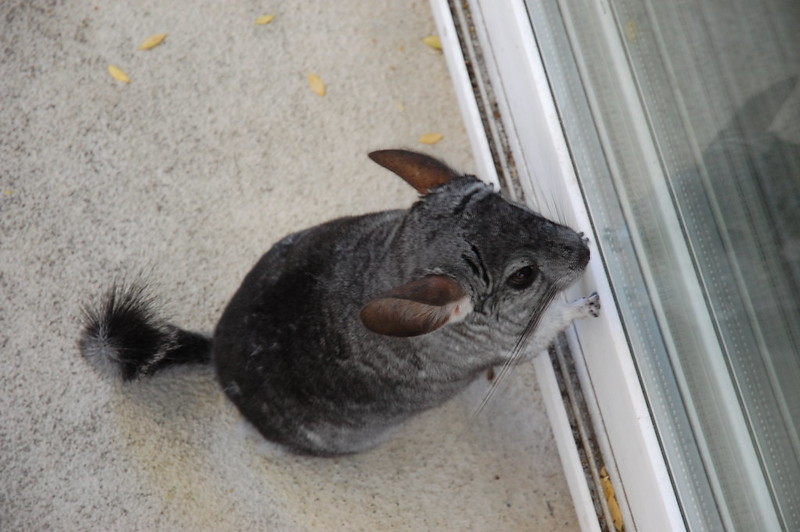
How long do chinchillas live?
Unlike other rodents, chinchilla’s lifespan is very long. It’s 15 years on average. Of course it might happen that a chinchilla dies earlier. But with a proper nutrition and lack of stress, a chinchilla might live up to 20 years.
What is the average chinchilla price?
A chinchilla’s price mostly depends on its breed. If you want a chinchilla with an unusual coat, keep in mind that it costs more. But considering how long chinchillas live, it’s not a too high investment.
How to remove a chinchilla’s fur?
Chinchillas live in cages. With the right amount of work, the animal can be tamed so that it can move freely around the house or apartment without the risk of destroying the equipment or electrical wires. In such a case, however, there is a problem of fur. A chinchilla sheds practically all year round, so it might be difficult to get rid of it. Using a special vacuum cleaner might be a good solution. It should have enough power and also remove bacterias and mites. Everyday cleaning might be essential in this case.
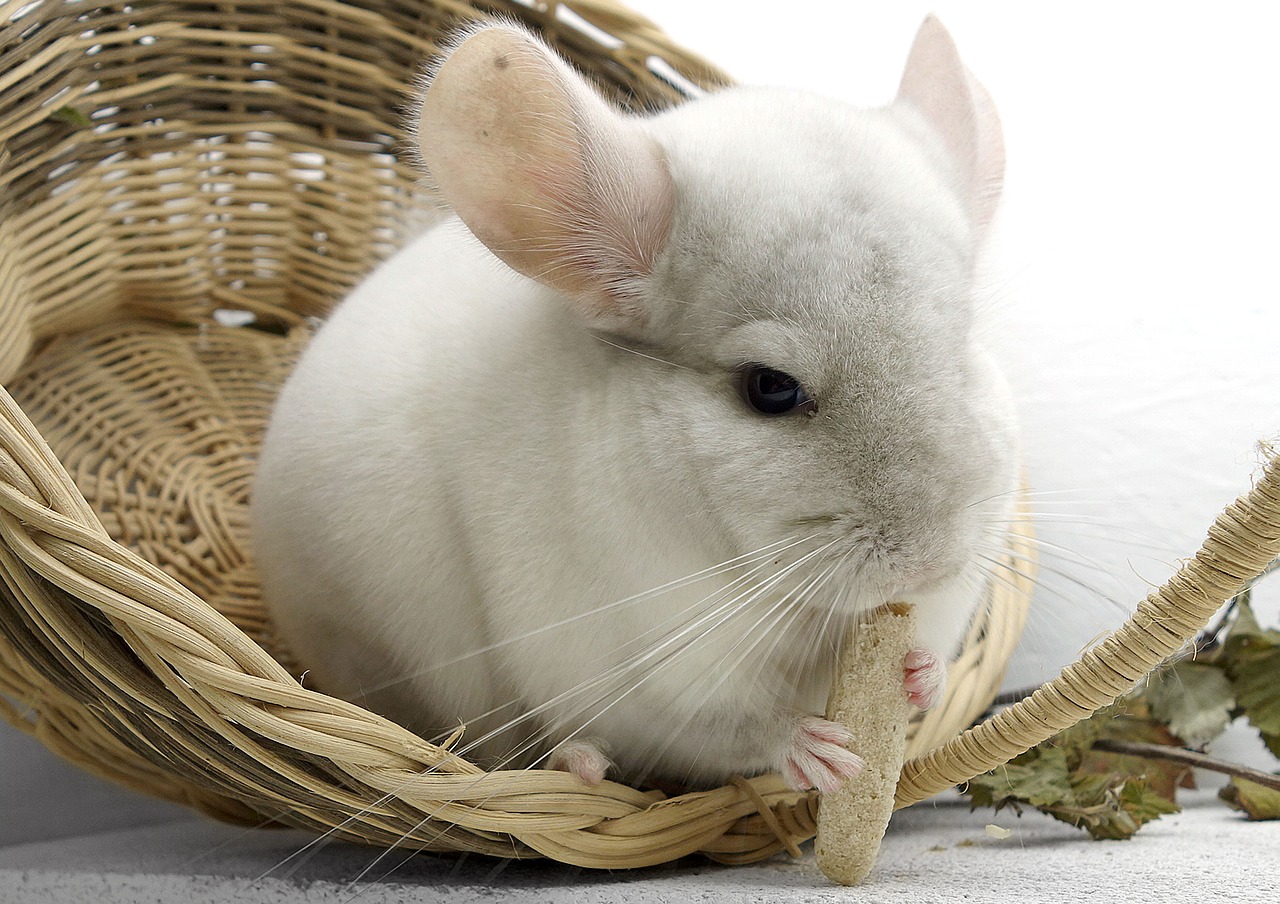
How to clean a chinchilla’s cage?
You should clean a chinchilla’s cage at least once a week. This way, you can eliminate unpleasant smells and the risk of the pet developing various diseases. To do this, you can use an ordinary dish soap or buy a special cleaning product in a pet store.
The cage should be wiped dry every time. It’s because of the risk of wetting the fur of your chinchilla and possible further health issues.
📍 How does a chinchilla look like?
A chinchilla strongly resembles a rabbit, although its tail is much longer. Thick and soft fur is a characteristic feature of this rodent. Depending on the breed, chinchillas have various colors.
📍 How much do chinchillas cost?
There are cheaper and more expensive animals - it all depends on the breed you choose. Standard rodents are very affordable.
📍 What does a chinchilla eat?
Hay is the basic item in a chinchilla's diet. Additionally, it can be fed with various herbs and granulated feed. There are many restrictions for a chinchilla diet - they cannot be fed with fresh fruits and vegetables. Lucerna hay is not recommended as well.
📍 What is the duration of a chinchilla pregnancy?
A chinchilla pregnancy lasts from 111 to 113 days. It means that one female can have two litters per one year. But it depends on individual factors. The reproduction age of chinchillas starts from the 4th month of life.
Featured articles
Maybe you're interested

